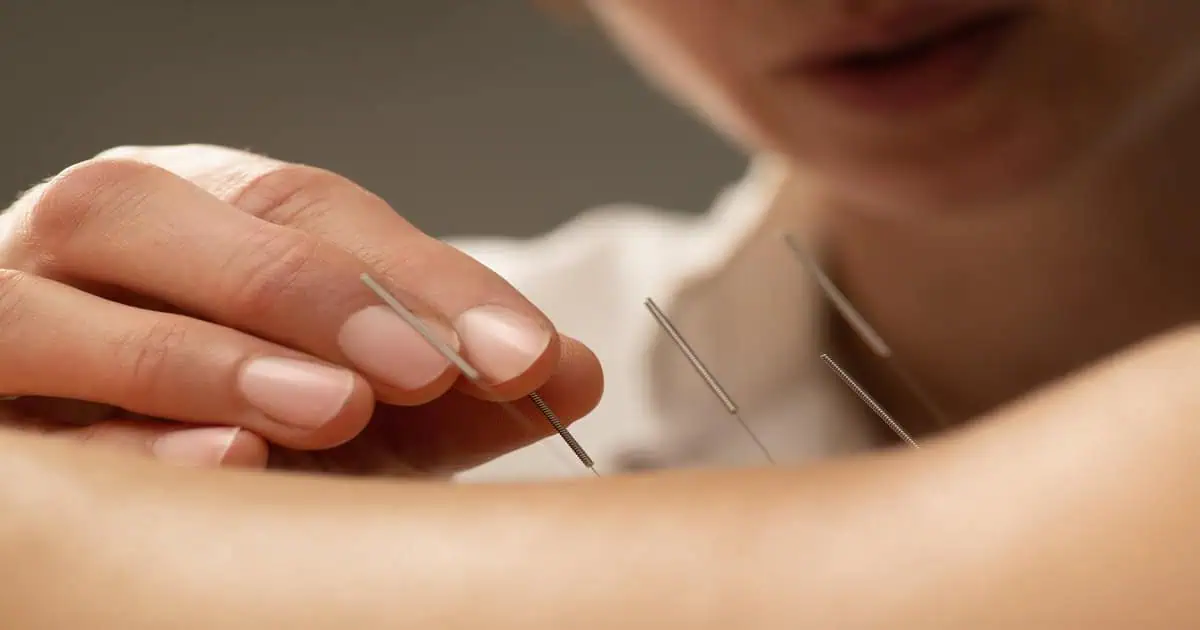Table of Contents
Introduction
Back pain is a prevalent problem that affects millions of individuals globally. For those looking for relief without surgery, spinal decompression therapy offers a non-invasive option that reduces pressure on the spine, helping to alleviate pain and improve mobility. Let’s explore what spinal decompression is, how it works, its benefits, and the various approaches available to treat back pain.
What is Spinal Decompression?
Spinal decompression is a method aimed at reducing pressure on spinal discs and nerves. The spine consists of vertebrae supported by discs that act as cushions to absorb impact.
Eventually, trauma, poor posture, or degenerative illnesses may cause these discs to become compressed; this can result in issues including spinal stenosis, herniated discs, and sciatica. Through the use of gentle spinal stretching and negative pressure created inside the discs, spinal decompression therapy enables the discs to realign and rehydrate.
The two main methods of decompressing the spine are spinal decompression surgery and non-surgical spinal decompression therapy. While surgical options are only thought of in cases when non-surgical approaches prove ineffective, non-surgical methods provide a more cautious approach.
Spinal Decompression Therapy
By gently extending the spine, spinal decompression therapy is a traction-based, non-surgical treatment for back pain. It is often recommended for patients suffering from conditions such as:
- Herniated or bulging discs
- Degenerative disc disease
- Sciatica
- Spinal stenosis
- Pinched nerves
How Spinal Decompression Therapy Works
A strap is wrapped around the patient’s pelvis and another around their trunk as they recline on a specially designed table for spinal decompression therapy. The table then slowly moves to apply gentle traction, which stretches the spine. This movement reduces pressure on the discs and nerves, allowing nutrient-rich fluids to flow back into the discs, promoting healing.
A full course of treatment may consist of 15 to 30 sessions spread over several weeks, with each session lasting approximately 30 to 45 minutes on average. After only a few sessions, many patients report feeling less discomfort; nevertheless, in order to have the most effects, the entire course of treatment must be completed.
Types of Spinal Decompression Surgery
In some cases, surgery may be required to relieve severe back pain. Spinal decompression surgery involves removing part of the bone or tissue that is pressing on the nerves. Here are the common types of spinal decompression surgery:
- Laminectomy: A laminectomy removes part of the vertebral bone, the lamina, to create space and relieve pressure on the spinal cord or nerves. It’s commonly used for spinal stenosis, reducing pain and increasing mobility.
- Discectomy: A discectomy removes a portion of a herniated or bulging disc that’s pressing on a spinal nerve. This surgery provides pain relief and helps restore nerve function, particularly for conditions like sciatica.
- Foraminotomy: A foraminotomy enlarges the foramen, the opening where nerve roots exit the spinal column, to relieve pressure. It’s often used to treat nerve impingement caused by herniated discs or bone spurs, reducing pain and numbness.
- Corpectomy: A corpectomy removes part or all of a vertebral body along with adjacent discs to relieve pressure on the spinal cord. This surgery is used for severe compression and often includes spinal fusion for stabilization.
- Microdiscectomy: A microdiscectomy is a minimally invasive surgery that removes smaller portions of a herniated disc using magnifying tools. It is effective in reducing recovery time and tissue damage while relieving nerve compression.
- Spinal Fusion: Spinal fusion is often combined with decompression surgeries to stabilize the spine by fusing two or more vertebrae together. It is used when spinal instability is present and helps prevent future compression.
- Artificial Disc Replacement: To maintain spinal flexibility, a damaged disc is replaced with an artificial one during artificial disc replacement. It serves as an alternative to spinal fusion, allowing better range of motion while relieving nerve pressure.
Although surgery has a high rate of success, it is usually saved for very serious instances in which more conservative measures, such as spinal decompression therapy, are ineffective.
Spinal Decompression Exercises
In addition to non-surgical therapy, specific spinal decompression exercises can help alleviate back pain. These exercises work by improving flexibility, strengthening core muscles, and reducing pressure on the spine. Some beneficial spinal decompression exercises include:
- Cat-Cow Stretch: This yoga-based movement stretches the spine and helps improve flexibility.
- Child’s Pose: This gentle stretch helps lengthen the spine and relieve tension.
- Knee-to-Chest Stretch: Pulling the knees to the chest while lying down stretches the lower back and reduces compression.
- Pelvic Tilts: Strengthens the core and helps stabilize the lower back.
- Spinal Twists: Gentle twisting movements can relieve pressure on the vertebrae.
Implementing these exercises in your everyday routine will help relieve back pain over time and work in conjunction with spinal decompression therapy.
Benefits of Spinal Decompression
There are several key spinal decompression benefits that make this therapy an appealing option for individuals seeking non-surgical relief from back pain:
- Non-Invasive: Spinal decompression therapy is a non-surgical treatment that avoids the risks associated with surgery. It offers a safe alternative with minimal recovery time.
- Pain Relief: By reducing pressure on spinal discs and nerves, spinal decompression can significantly alleviate pain in the back, neck, and legs. After just a few sessions, many patients feel alleviated.
- Improves Mobility: As pressure on the spine is reduced, patients often regain lost mobility. This can make daily activities and movement much easier.
- Promotes Healing: The therapy encourages nutrient-rich fluids to flow back into the spinal discs, helping repair and regenerate the affected area. This natural healing process leads to longer-lasting pain relief.
- Customizable Treatment: Each spinal decompression plan can be tailored to a patient’s specific condition, ensuring targeted relief. The therapy adapts to different needs, such as herniated discs or sciatica.
- Long-Term Results: When combined with exercises and lifestyle changes, spinal decompression can offer lasting benefits. It helps reduce the likelihood of recurrent pain or further spinal issues.
Is Spinal Decompression Right for You?
Spinal decompression therapy, though effective for many, isn’t appropriate for all patients, particularly those with certain conditions like advanced osteoporosis, fractures, or spinal implants. A thorough evaluation by a qualified healthcare provider is crucial to determine if this treatment is suitable for your specific situation and to recommend the most appropriate course of action.
For individuals looking to avoid spinal decompression surgery, therapy offers a viable alternative with fewer risks and a quicker recovery. Additionally, incorporating spinal decompression exercises into your daily routine can enhance the benefits of the therapy and help maintain a healthy spine.
Conclusion
Spinal decompression offers a non-invasive treatment for back pain, improving mobility, reducing pain, and promoting a healthier spine, providing a healthier alternative to surgery. Pathway Wellness in Tallahassee, FL, offers Spinal Decompression, a non-invasive treatment that relieves back and neck pain by gently stretching the spine, improving circulation, and promoting healing for conditions like sciatica, herniated discs, and spinal stenosis.
Discover lasting relief from back and neck pain through Spinal Decompression, a gentle, non-invasive treatment that supports spinal health and encourages natural healing. Schedule your spinal decompression session today and take the first step toward a pain-free, healthier spine!






